Introduction to Relativistic Quantum Chemistry
Author: Dyall Faegri Jr.
Published by: Oxford University Press
Edition: 2007
Pages: 530
In chemistry, relativistic effects become crucial when dealing with heavy elements, where electrons move at speeds approaching that of light. Traditional quantum mechanics fails to account for these phenomena accurately, necessitating a relativistic approach. Introduction to Relativistic Quantum Chemistry bridges this gap by integrating special relativity with quantum chemical principles, offering a systematic study of how relativity influences electronic structures, bonding, and reactivity.
The book starts with a fundamental overview of quantum mechanics and relativity, building up to the Dirac equation, which governs the motion of electrons in relativistic settings. It explains the significance of spin-orbit coupling and how it affects molecular interactions and spectroscopic properties. Various mathematical and computational approaches are discussed, including four-component and two-component relativistic methods, perturbation theory, and relativistic density functional theory (DFT). These techniques allow chemists to predict molecular properties with higher accuracy, especially for heavy elements like gold and uranium, where relativistic corrections significantly alter behavior.
A major focus of the book is on practical applications, guiding readers through computational tools used to implement relativistic corrections in quantum chemistry. The text provides a clear pathway from theoretical understanding to real-world application, making it accessible to both newcomers and advanced researchers. By the end of the book, readers will have a strong grasp of how relativistic quantum mechanics enhances our understanding of complex chemical systems and improves the precision of molecular simulations.
-
Covers the theoretical and computational aspects of relativistic quantum chemistry.
-
Provides a structured introduction to relativistic effects in atomic and molecular systems.
-
Explains the role of the Dirac equation, spin-orbit coupling, and relativistic Hamiltonians.
-
Discusses modern computational methods, including relativistic DFT and wavefunction-based approaches.
-
Essential for graduate students, researchers, and professionals in quantum chemistry and theoretical physics.

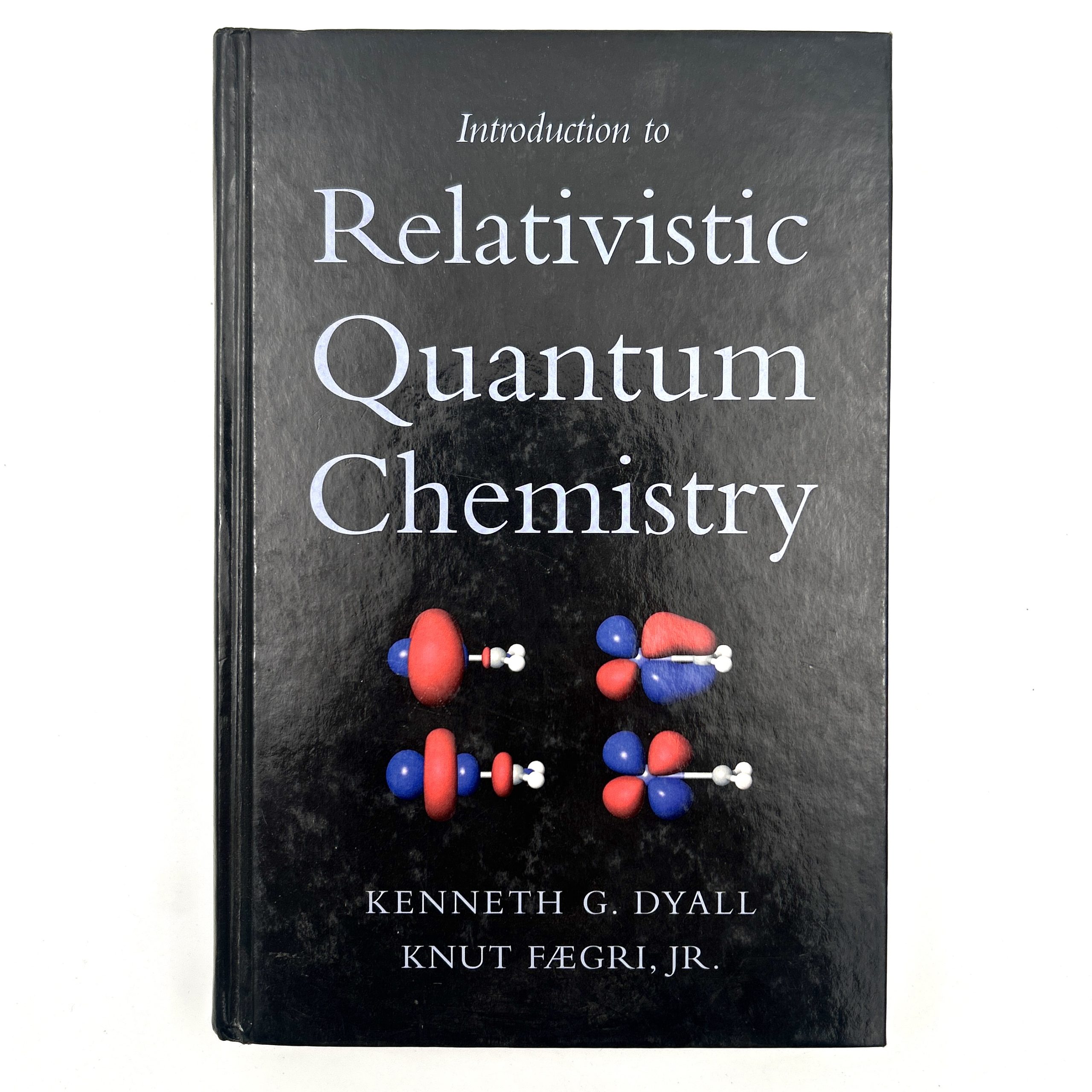

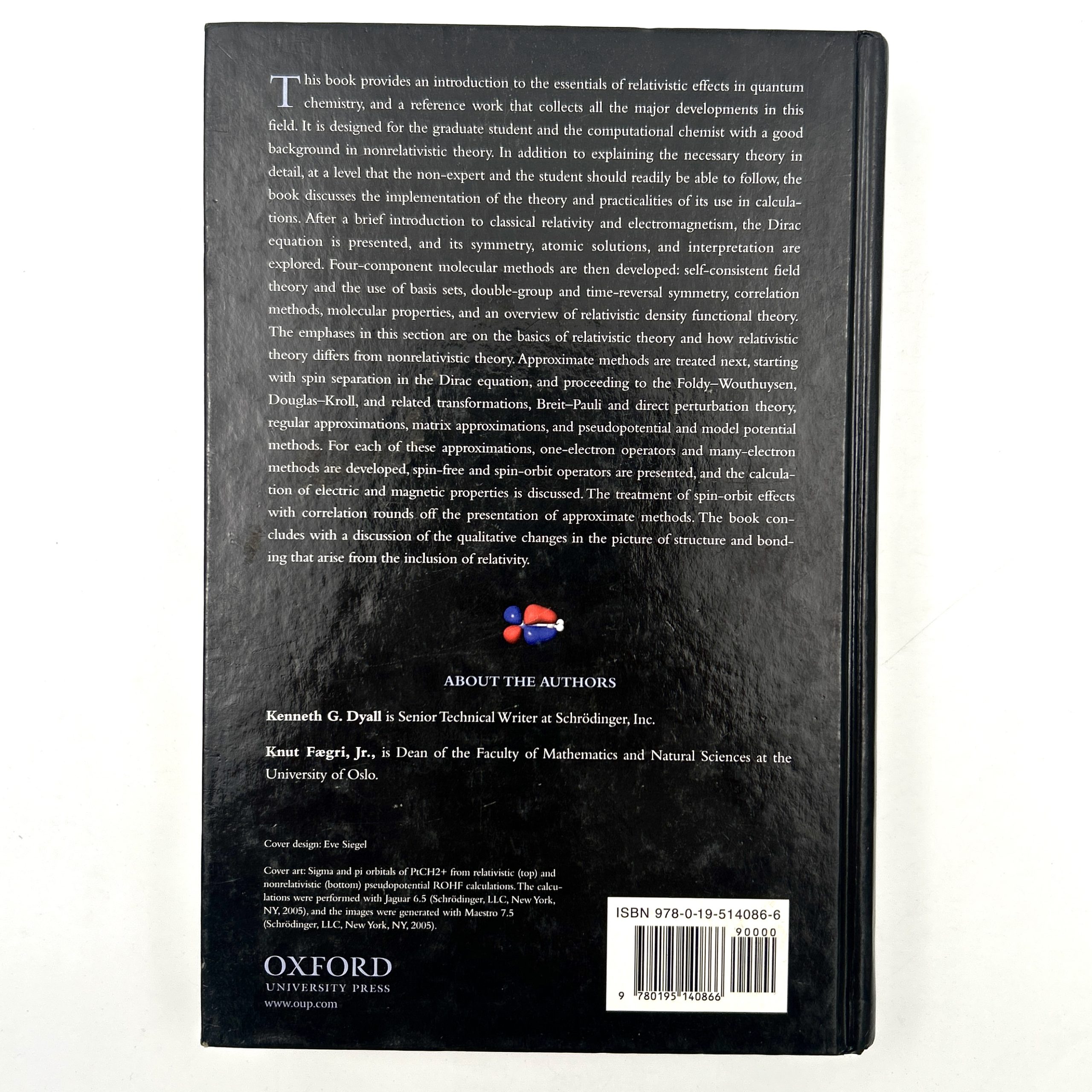


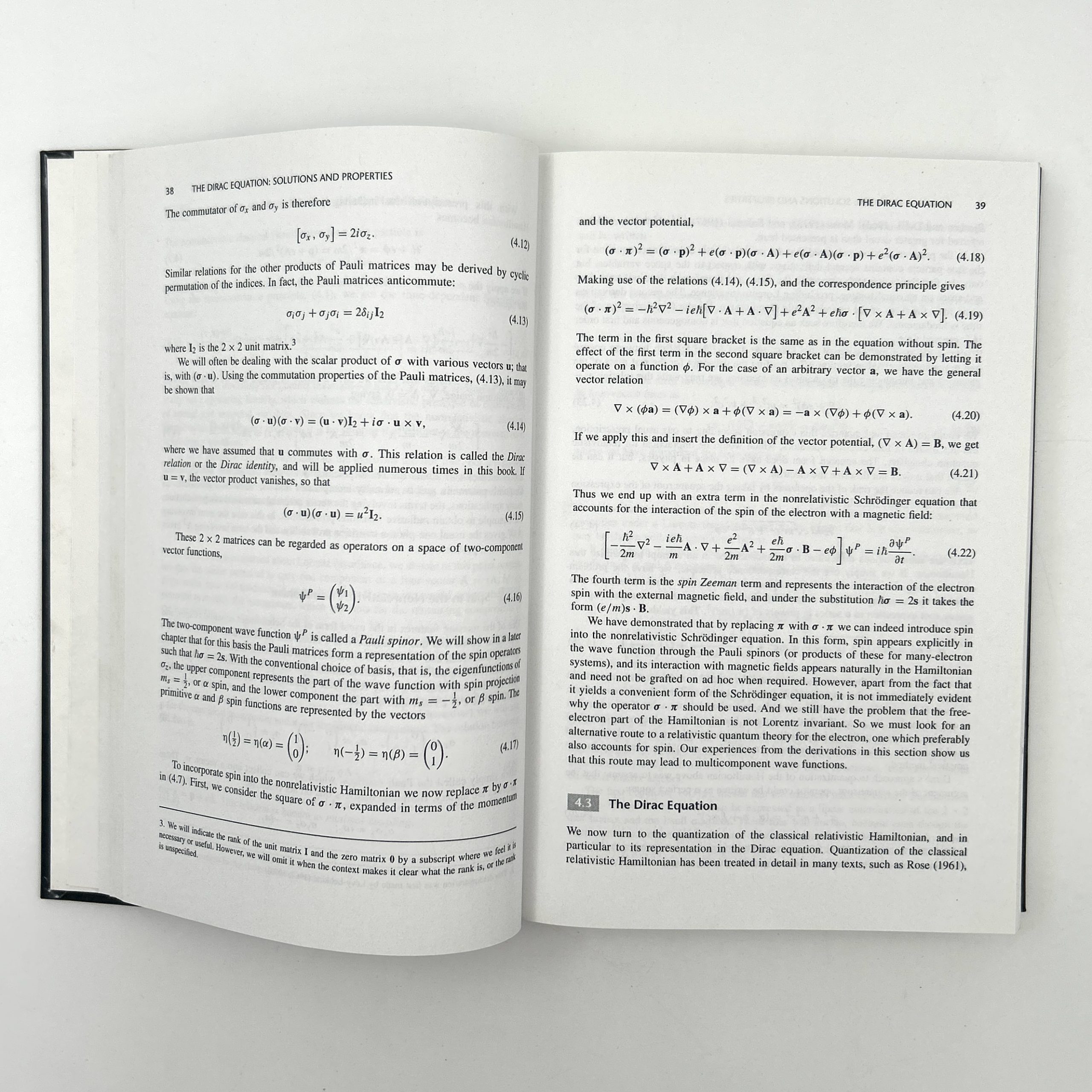
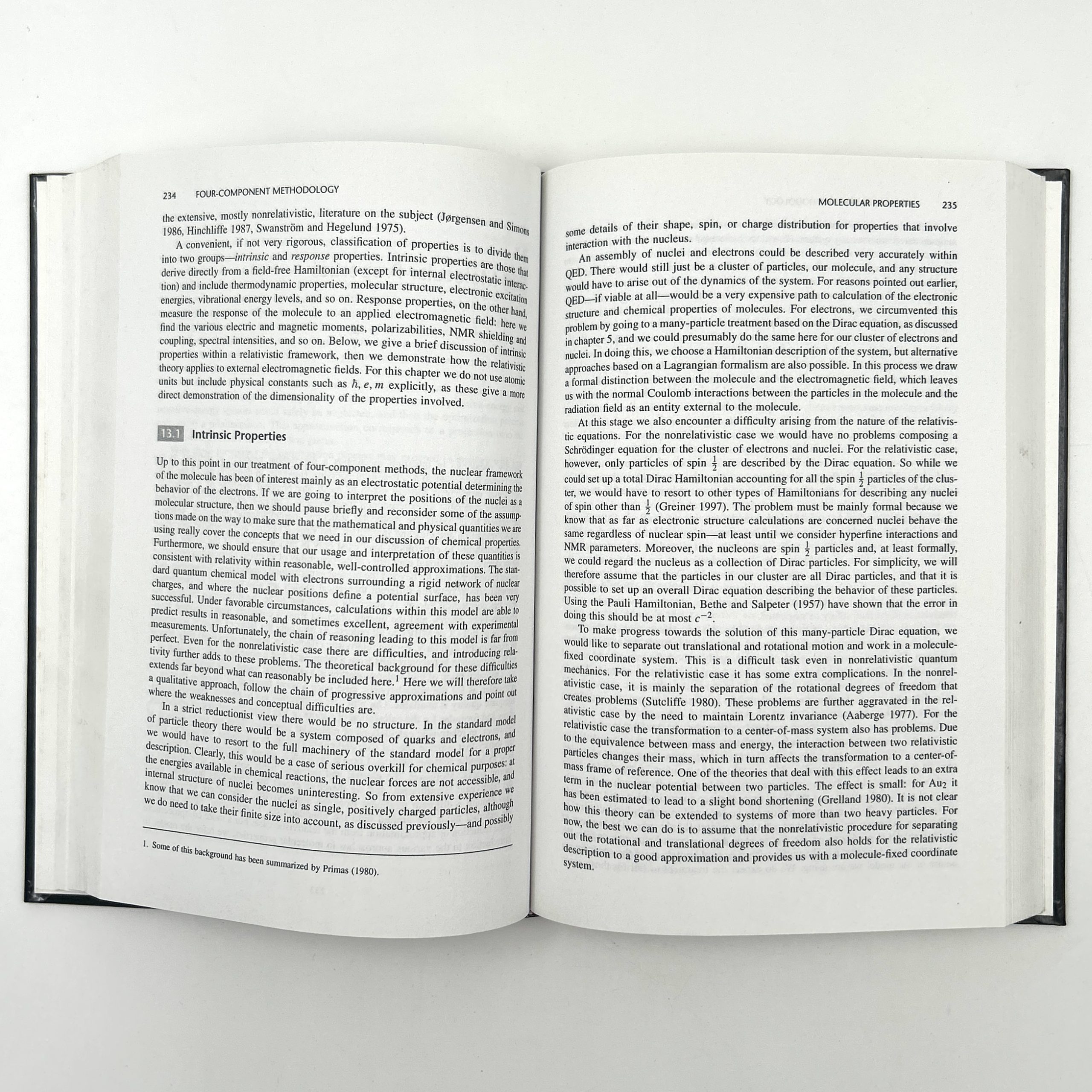
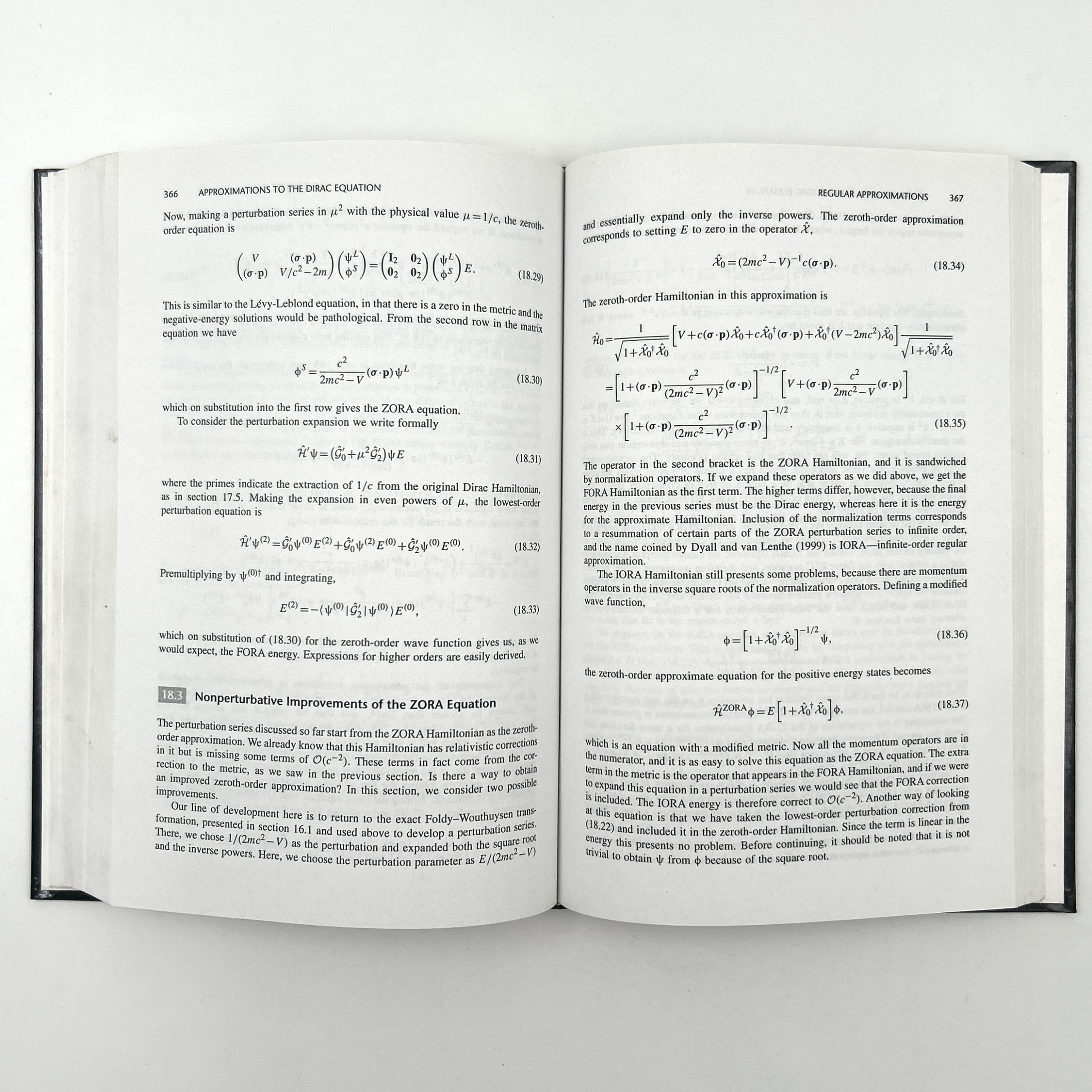



Reviews
There are no reviews yet.